


Unlike Japan's inclusive approach, China's aid to the Pacific Islands is exploitative and must be countered to maintain a rules-based order in the region.



With expansionist and realpolitik agendas binding them, the current graph of China's foreign and security policy appears most closely aligned with that of Russia. Both countries...



The Chinese army has begun its annual drills with an almost exclusive focus on boosting its presence and capabilities in the South China Sea and Taiwan...
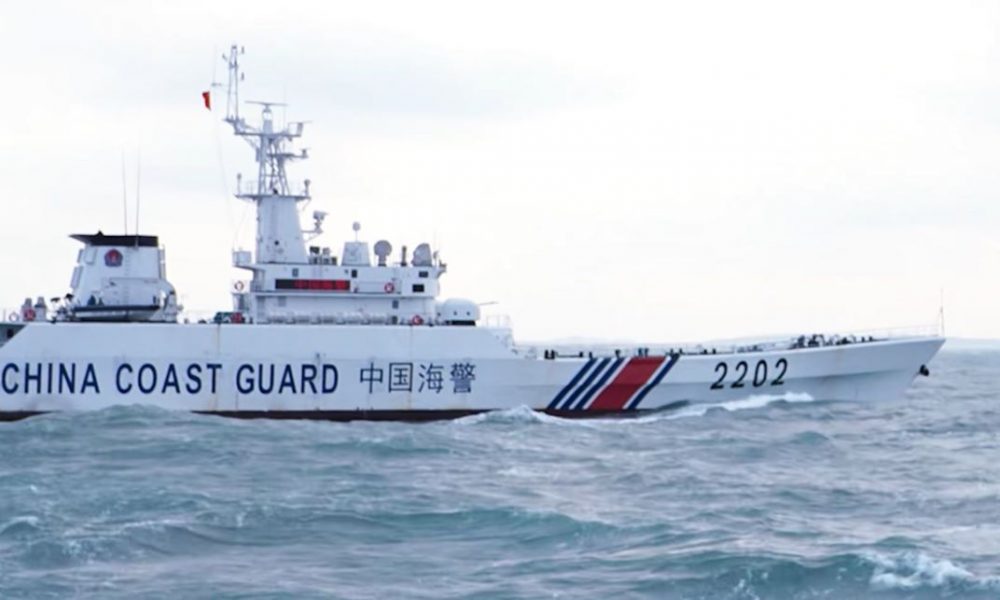
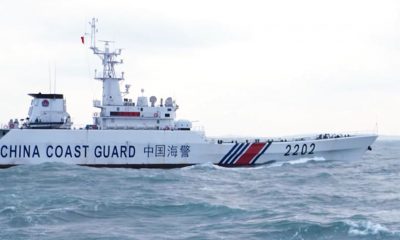

China continues to bully its neighbors through lawfare. The most recent example is when a Chinese speedboat crossed the Taiwan Strait's median line in February.



Despite ongoing border negotiations, satellite images indicate that China is engaged in unsanctioned construction along the disputed border in northern Bhutan.



Chinese media criticism of Japan's defense budget is sadly ironic. It's the CCP's military expansion and unilateralism that pose the greatest challenge to Asia.



A pro-China president in the Maldives is the moment Beijing has been waiting for to consolidate its expanding strategic naval footprint in the Indian Ocean.


To safeguard Asia's peace and security in 2024, the free world must bolster alliances to push back China's expansionist agenda and forced sphere of influence.



Backed by robust military stealth, Beijing is using the new laws as it tries to win favorable settlement terms in territorial disputes with its Asian neighbors.
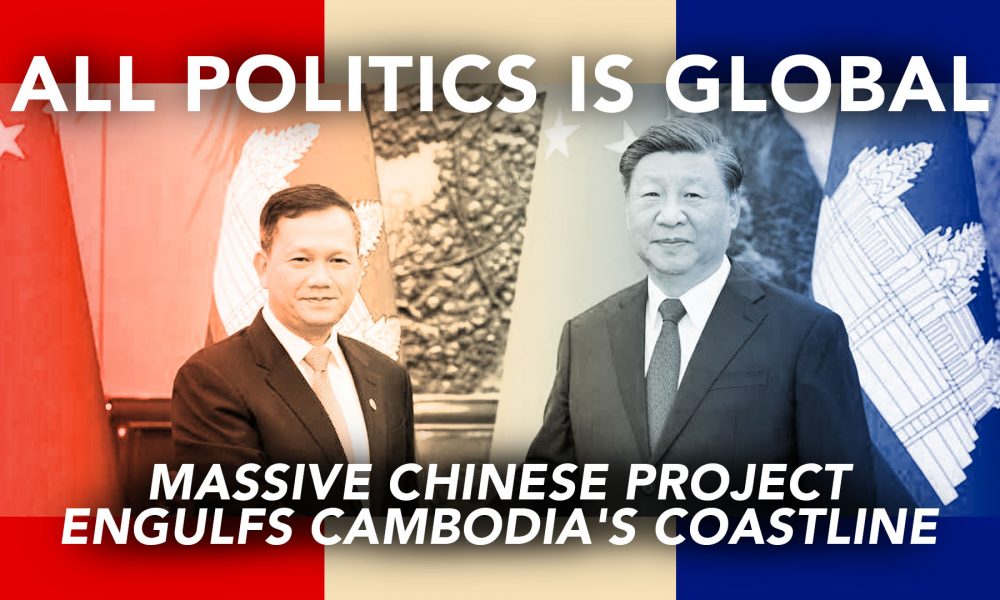


With 20% of its coast controlled by a Chinese firm and a key naval base renovated with Chinese funds, Cambodia has become Beijing's chief regional extension.



Japan and India, supported by the sea power of their allies, can offer a much-needed antidote to China's expansionist designs for the Indian Ocean and beyond.
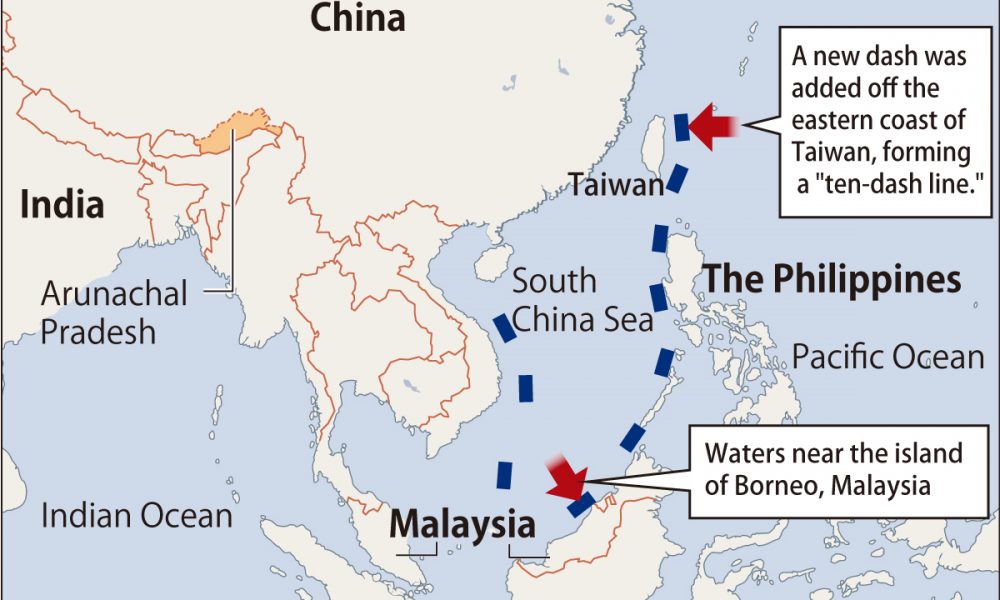
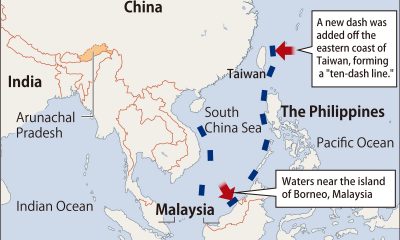

Countries such as the Philippines have lodged protests against China's new map, which includes a "ten-dash line" claiming almost the entire South China Sea.